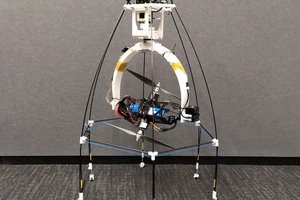Designs, Electronics, and Code
All the exoskeleton glove designs, electronics, and code can be found at the following URLs:
https://github.com/newdexterity/Airship
The project materials are distributed under the Creative Commons Attribution 4.0 International License (https://creativecommons.org/licenses/by/4.0/)
Description
This project focuses on the feasibility, design, and development of an open-source, helium-based, indoor robotic airship that can be used for education and research purposes. First, it focuses on the environmental and financial feasibility of the platform with respect to the helium losses through different envelope materials. The results offer yearly helium loss and related cost estimates for a range of commercially available balloons in an indoor environment. The mechanical properties of candidate materials are also evaluated. Then, the project presents a compact gondola design and explores the effects of its placement and rotor angle positioning on flight stability. The efficiency of the final design is experimentally validated via a proof-of-concept path following exercise that proves its manoeuvring capabilities, while the airship’s motion is being tracked by a Vicon motion capture system. Finally, the platform is examined in terms of cost and possible education and research applications are discussed.
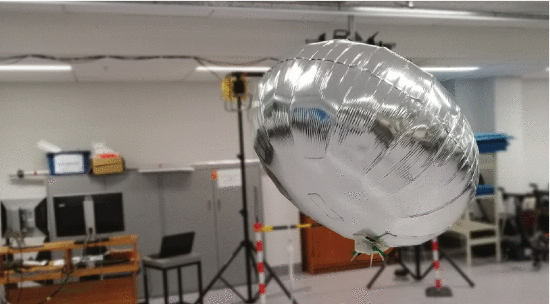
 New Dexterity
New Dexterity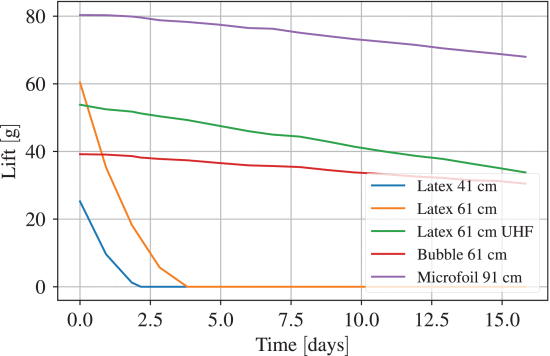
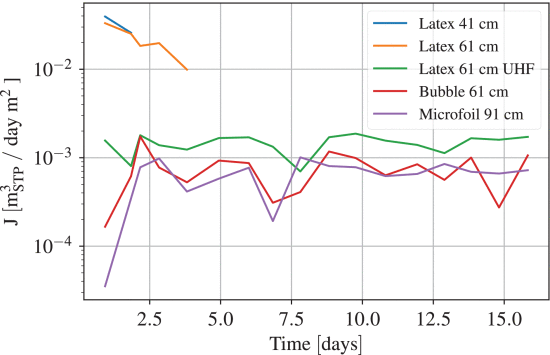

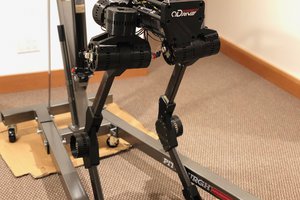
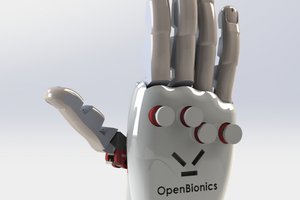
 OpenBionics
OpenBionics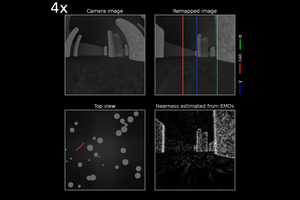
 hanno
hanno